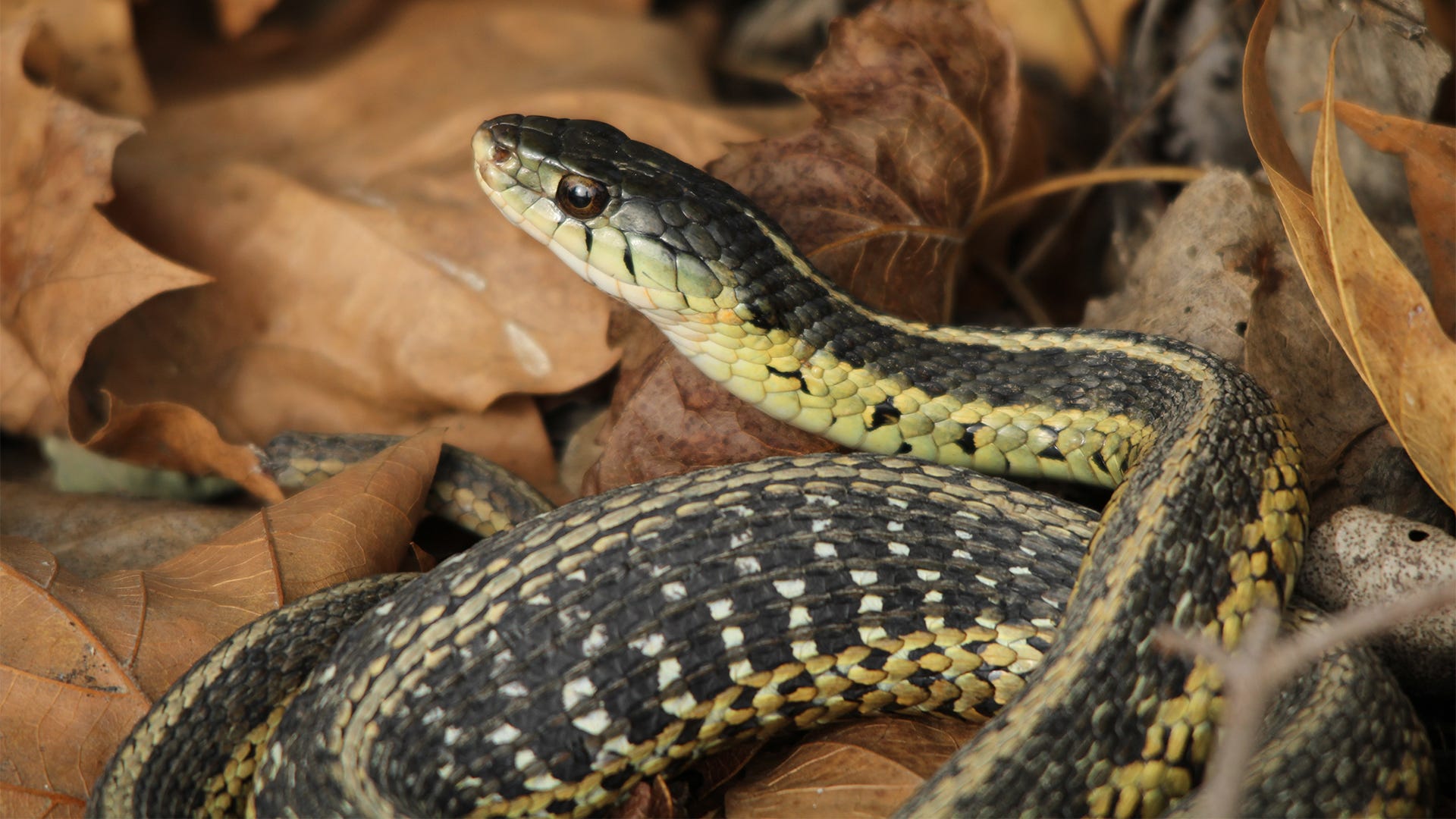

Articles
How To Get Rid Of Garden Snakes
Modified: January 20, 2024
Looking for ways to eliminate garden snakes from your yard? Discover effective gardening techniques for getting rid of snakes and creating a snake-free environment.
(Many of the links in this article redirect to a specific reviewed product. Your purchase of these products through affiliate links helps to generate commission for Storables.com, at no extra cost. Learn more)
Introduction
Garden snakes can be a common sight in outdoor spaces, especially in areas with lush greenery. While they play a vital role in balancing ecosystems by controlling pest populations, having them slithering around your garden can be a cause for concern. Whether you have a fear of snakes or simply want to protect your plants and pets, getting rid of garden snakes can be a priority.
Before diving into the methods of snake removal, it’s important to understand these fascinating creatures. Garden snakes, also known as garter snakes, are non-venomous and typically range in length from 1 to 4 feet. They have slender bodies and a variety of colors and patterns, including stripes down their backs.
Snakes tend to gravitate towards gardens due to the abundance of food sources such as frogs, insects, and small rodents. They also appreciate the shelter provided by dense vegetation and debris piles. By addressing these attractants and implementing snake-repelling strategies, you can create a snake-free environment in your garden.
This article will guide you through various methods to get rid of garden snakes effectively and safely. We will explore how to identify common garden snake species, create landscaping that repels snakes, remove snake habitats, use natural snake deterrents, install snake fencing, trap and relocate snakes, and when and how to seek professional help.
Remember, it’s essential to approach snake removal with caution and respect for wildlife. While it is possible to manage snakes in your garden, it’s important to strike a balance between maintaining a harmonious environment and preserving the natural ecosystem. Let’s dive in and discover ways to deter and remove garden snakes while ensuring the well-being of both you and these remarkable reptiles.
Key Takeaways:
- Create a snake-repelling garden by removing clutter, trimming vegetation, and using natural deterrents to reduce snake activity and maintain a harmonious outdoor space.
- Consider seeking professional help for persistent snake issues, ensuring safe and effective snake removal while respecting the natural ecosystem and preserving a balanced environment.
Read more: How To Get Rid Of Snakes In The Attic
Understanding Garden Snakes
Garden snakes, also known as garter snakes, are a common sight in many outdoor spaces. Understanding these fascinating creatures can help you better manage and coexist with them in your garden.
Garden snakes are non-venomous and belong to the genus Thamnophis. They are found throughout North America and are known for their slender body shape and distinct color patterns. These patterns can vary widely between species and even among individuals within the same species.
While garter snakes are typically 1 to 4 feet in length, some individuals can grow as long as 5 feet. They have long, slender bodies that allow them to move swiftly and navigate through various types of terrain.
One of the most striking features of garter snakes is their ability to secrete a foul-smelling musk from glands near their tail. This musk serves as a defense mechanism to ward off predators and can be quite potent. However, garden snakes are generally docile and prefer to flee rather than engage in confrontation.
Garden snakes are primarily active during the warmer months when they can bask in the sun to regulate their body temperature. They are commonly found in areas with a dense ground cover, such as gardens, meadows, forests, and wetlands. These environments provide an abundance of food sources, including insects, small rodents, frogs, and earthworms.
As beneficial predators, garden snakes play a crucial role in controlling pest populations. They help keep the balance in check by preying on insects and small rodents that can pose a threat to gardens and crops. While they do not actively harm plants, their presence is not always desired, especially for individuals with a fear of snakes or concerns about pet safety.
By understanding the behavior and habits of garden snakes, you can make informed decisions on how to manage their presence in your garden. The following sections will delve into specific methods to deter and remove garden snakes while maintaining a balanced and harmonious outdoor space.
Identifying Common Garden Snakes
When it comes to dealing with garden snakes, it’s important to be able to identify the different species commonly found in outdoor spaces. Although there are numerous types of garter snakes, some are more prevalent in gardens than others. By familiarizing yourself with these species, you can better understand their behaviors and implement appropriate snake management techniques.
Here are some commonly encountered garden snake species:
- Eastern Garter Snake (Thamnophis sirtalis sirtalis): This is the most common garter snake species in North America. They have a slender body with stripes running along their back, ranging in color from green to brown. Eastern garter snakes can reach lengths of up to 4 feet and are typically found in grassy areas, gardens, and near water sources.
- Western Terrestrial Garter Snake (Thamnophis elegans): Found in western regions of North America, these snakes have a wide range of color variations, including shades of orange, green, and brown. They prefer dry habitats such as meadows, grasslands, and gardens, often hiding under rocks or logs.
- Checkered Garter Snake (Thamnophis marcianus): This species is known for its distinctive checkered pattern of alternating dark and light scales. They are commonly found near water sources, such as ponds, streams, and marshes. Checkered garter snakes are skilled swimmers and feed on aquatic prey like fish and amphibians.
- Red-sided Garter Snake (Thamnophis sirtalis parietalis): As the name suggests, these snakes have bright red stripes running along their sides, contrasting with a green or brownish background color. They are predominantly found in northern regions of North America, preferring wetland habitats like marshes, meadows, and bogs.
It’s important to note that garden snakes are non-venomous and pose little to no threat to humans or larger pets. However, it’s still essential to exercise caution and avoid handling them, as they may bite if they feel threatened.
By familiarizing yourself with the common garden snake species in your area, you can develop a better understanding of their presence and behaviors. This knowledge will help you implement targeted snake management strategies to mitigate their impact on your garden and ensure a harmonious coexistence.
Creating Snake-Repelling Landscaping
One effective approach to deter garden snakes is to create a landscape that is less appealing to them. By making your garden less inviting to snakes, you can encourage them to seek refuge elsewhere. Here are some landscaping strategies to consider:
- Keep a Tidy Garden: Snakes are attracted to cluttered areas with dense vegetation and debris piles. Regularly clean up leaves, fallen branches, and other yard waste to eliminate potential hiding spots. Trim back overgrown plants and maintain a well-manicured garden.
- Trim Back Vegetation: Snakes use vegetation as cover, so it’s important to trim back shrubs, tall grasses, and low-hanging branches. By reducing the amount of dense vegetation, you make your garden less appealing to snakes.
- Remove Attractive Features: Objects such as rock piles, woodpiles, and compost heaps can provide ideal hiding places for snakes. If possible, relocate or remove these features to discourage snakes from taking up residence in your garden.
- Use Mulch Strategically: Opt for mulch materials like gravel, crushed rock, or cedar chips instead of organic mulch. Snakes are less likely to hide or burrow in these types of materials. Additionally, maintaining a clear border between mulch and your garden beds can create a visible barrier for snakes.
- Install a Gravel Perimeter: Surrounding your garden beds with a strip of gravel can create an unappealing surface for snakes to slither across. This can discourage them from entering your garden in search of prey or shelter.
- Consider Native Plants: Some plants, like marigolds, wormwood, and garlic, are believed to have snake-repellent properties. Including these types of plants in your garden may help deter snakes. Additionally, native plantings can attract natural predators of snakes, such as birds and mammals.
- Remove Water Sources: Snakes are drawn to water sources, so it’s important to eliminate standing water in your garden. Fix any leaks or drainage issues and remove containers that can collect water, such as buckets or old tires.
- Install Vibrating Snake Repellents: Some devices emit vibrations in the ground to mimic the movement of larger predators, deterring snakes from entering the area. These devices can be effective in keeping snakes at bay, but their success may vary.
Implementing these landscaping techniques can create an environment that is less attractive to garden snakes. However, it’s important to note that these methods may not completely eliminate snakes from your garden. For a more comprehensive approach, it’s recommended to combine these strategies with other snake management techniques.
By taking proactive measures to create a snake-repelling landscape, you can significantly reduce the presence of garden snakes and create a more enjoyable outdoor space for both you and your plants.
Removing Attractive Snake Habitats
Snakes are attracted to areas that provide ample shelter and hiding spots. By removing or modifying these attractive habitats, you can discourage snakes from frequenting your garden. Here are some effective methods to consider:
- Clear Brush and Debris: Snakes love to hide in brush piles, fallen leaves, and other debris. Regularly clear these areas to eliminate potential snake hiding spots. Dispose of the debris properly to ensure that snakes do not return.
- Secure Outdoor Structures: Snakes may seek shelter in outdoor structures like sheds, barns, or woodpiles. Inspect these structures and seal any gaps or cracks to prevent snakes from entering. Store firewood in a rack above the ground to discourage snakes from using it as a hiding spot.
- Eliminate Rodent Infestations: Snakes are attracted to areas with abundant food sources, such as mice and rats. Implement effective rodent control measures to reduce the likelihood of snakes being drawn to your garden. This includes sealing entry points, removing food sources, and using traps or hiring professional exterminators if necessary.
- Secure Trash and Compost Bins: Snakes can be attracted to the smell of food waste in uncovered trash or compost bins. Make sure your bins have tight-fitting lids to prevent snakes from accessing them. Secure compost bins with wire mesh to keep snakes out while still allowing proper airflow.
- Keep Bird Feeders Elevated: Bird feeders can attract small mammals, which in turn can attract snakes. To minimize this risk, elevate bird feeders at least 4 to 5 feet above the ground. This makes it more difficult for snakes to access the feeder and reduces the chances of attracting them to your garden.
- Eliminate Standing Water: Snakes are drawn to areas with a water source. Fix any leaks or drainage problems in your garden to eliminate standing water. Similarly, avoid overwatering your plants, as excess moisture can attract snakes and their prey.
- Install Hardware Cloth: If you have raised garden beds or other areas where snakes can slither underneath, consider installing a barrier of hardware cloth. Bury the cloth a few inches into the ground and bend it outward at a 90-degree angle to create a barrier snakes cannot easily pass.
- Regularly Mow Your Lawn: Keeping your grass regularly mowed and well-maintained can reduce snake habitats. Short grass provides fewer hiding places for snakes and makes them more visible if they do enter your garden.
By removing or modifying these attractive snake habitats, you can significantly reduce the chances of snakes taking up residence in your garden. Combine these habitat modification techniques with other snake management strategies for a more comprehensive approach to snake control.
Remember, it’s important to exercise caution when implementing these methods, as snakes may still be present in nearby areas. Be aware of your surroundings, and if you encounter a snake, give it space and allow it to move away on its own. It’s crucial to respect the wildlife in your garden while also taking steps to keep both yourself and the snakes safe.
To get rid of garden snakes, keep your garden tidy and free of debris, as they like to hide in clutter. Seal off any entry points to your garden and use natural snake repellents like cinnamon or clove oil.
Read more: How To Get Rid Of Snakes In Your Basement
Using Natural Snake Deterrents
When it comes to deterring snakes from your garden, there are natural methods you can employ that are safe for both humans and the environment. These deterrents work by making your garden less attractive to snakes, encouraging them to seek shelter elsewhere. Here are some natural snake deterrents to consider:
- Essential Oils: Certain essential oils have scents that repel snakes. Oils such as cinnamon, clove, and cedarwood can be mixed with water and sprayed around your garden or near areas where snakes are frequently seen. Reapply the mixture periodically to maintain its effectiveness.
- Garlic and Onion: Snakes dislike the strong smells of garlic and onion. Planting these around your garden or creating a garlic-onion spray can help deter snakes. However, it’s important to note that this method may not provide complete protection, especially if the snake population in your area is high.
- Ammonia Solution: Snakes are sensitive to strong odors, and ammonia is known for its pungent smell. Creating a solution of ammonia and water and spraying it around your garden can help repel snakes. Be cautious when handling ammonia, as it is a strong chemical and should be diluted properly.
- Vibrating Snake Repellents: Some commercially available snake repellents emit vibrations that mimic the movements of larger predators. These vibrations can deter snakes from entering the area. Follow the manufacturer’s instructions for proper installation and placement of these devices.
- Ultrasonic Repellents: Ultrasonic devices emit high-frequency sounds that are undetectable to humans but may disrupt snakes’ sensory systems. These devices can be placed strategically around your garden to deter snakes. However, their effectiveness varies, and it’s essential to research and choose a reputable and proven product.
- Physical Barriers: Creating physical barriers around vulnerable areas of your garden can discourage snakes from entering. You can use materials such as coarse gravel, crushed eggshells, or diatomaceous earth. These materials create uncomfortable surfaces for snakes to slither across.
- Reflective Surfaces: Snakes are sensitive to light and movement. Placing reflective surfaces, like aluminum foil or reflective tape, near entry points or areas where snakes are often seen can help deter them. The movement and glare created by these surfaces may make snakes feel exposed and less likely to venture into your garden.
- Natural Predators: Encouraging natural predators of snakes, such as birds of prey or certain snake-eating mammals, can help reduce the snake population naturally. Creating a habitat that attracts these predators, such as providing birdhouses or leaving dead trees for nesting, can be beneficial.
While these natural snake deterrent methods may help reduce snake activity in your garden, it’s important to remember that no method will guarantee complete elimination of snakes. Additionally, the effectiveness of these deterrents may vary depending on the species and behavior of snakes in your area.
By implementing these natural snake deterrents, you can create an environment that is less appealing to snakes, reducing the likelihood of encounters in your garden. However, it is crucial to respect wildlife and remember that snakes play an important role in maintaining the balance of ecosystems. Striving for harmony and coexistence is key to managing snakes in your garden effectively.
Installing Snake Fencing
One effective way to keep snakes out of your garden is by installing snake fencing. Snake fencing creates a physical barrier that prevents snakes from entering the protected area. Here are some key considerations when installing snake fencing:
- Fence Height: The height of the snake fence is crucial to its effectiveness. For most common garden snake species, a fence that is at least 2 feet tall is recommended. However, for particularly large snakes or if you want to be extra cautious, a fence height of 3 feet or more may be necessary.
- Material: Snake fences can be constructed using a variety of materials, such as hardware cloth, mesh wire, or solid panels. The material chosen should have small enough gaps to prevent snakes from squeezing through. A mesh size of 1/4 inch or smaller is typically recommended.
- Installation: When installing the snake fence, it’s crucial to ensure that it is buried several inches into the ground. This prevents snakes from burrowing underneath the fence. Burying the bottom of the fence at a slight outward angle can provide an added deterrent against snakes attempting to slither their way in.
- Clearance: To prevent snakes from climbing over the fence, make sure there is no nearby vegetation or structures that snakes can use as leverage. Trim back any overhanging branches or plants that could provide a potential pathway for snakes.
- Gates: If you have gates in your snake fence, it’s essential to ensure they are snake-proof as well. Use a tight-fitting gate with no gaps or openings that snakes can exploit. Consider installing a bottom threshold or seal to maintain a snake-proof barrier when the gate is closed.
- Maintenance: Regularly inspect and maintain the snake fence to ensure its effectiveness. Repair any damage or gaps that may have occurred over time. Additionally, keep the surrounding areas clear of debris and vegetation that could compromise the integrity of the fence.
- Complementary Techniques: Installing snake fencing can be more effective when combined with other snake management techniques. This includes creating a snake-repelling landscape, removing attractive snake habitats, and using natural snake deterrents.
Snake fencing can be a highly effective way to prevent snakes from entering your garden. However, it’s important to note that proper installation and maintenance are crucial for its success. It’s also worth noting that snake fencing may not be a feasible option for larger properties or areas with a high probability of snake encounters.
Before installing snake fencing, it’s always beneficial to research local regulations and guidelines, particularly if you live in an area where certain snake species are protected. Additionally, consulting with professionals or snake management experts can provide valuable insights and guidance during the installation process.
By installing snake fencing, you can create a physical barrier that significantly reduces the chances of snakes entering your garden. This can provide peace of mind and a safer environment for both you and your plants.
Trapping and Relocating Garden Snakes
If you’re dealing with persistent or unwanted garden snakes, trapping and relocating them can be an effective solution. Trapping allows you to capture snakes and safely release them back into their natural habitat away from your garden. Here are some important considerations for trapping and relocating garden snakes:
- Selecting the Right Traps: There are various types of snake traps available, including glue traps, funnel traps, and box traps. Choose a trap that is designed specifically for snakes and is appropriate for the snake species in your area. It’s important to select a trap that does not harm the snake and allows for safe removal.
- Placement of Traps: Place the traps in areas where you have noticed snake activity. Areas near garden borders, entry points, or areas with known snake habitats are typically good locations. Ensure that the traps are positioned safely and securely, minimizing the risk of accidental exposure to pets or children.
- Baiting the Trap: Use appropriate snake bait to lure the snakes into the trap. Common bait options include live or freshly killed mice, frog eggs, or reptile-friendly attractants available at pet stores. Avoid using toxic substances or harmful baits that could pose a threat to the snake’s well-being.
- Checking the Traps: Regularly check the traps to prevent unnecessary stress or harm to the captured snakes. Ideally, check the traps at least once a day. When handling the trapped snake, do so with caution and use appropriate snake handling tools or seek professional assistance if needed.
- Releasing the Snakes: After safely capturing the snake, carefully transport it to an appropriate release location away from your garden. The release site should be a suitable habitat for the species, with food sources and shelter readily available. Avoid releasing snakes near human-populated areas or in regions where they may become a nuisance to others.
- Remaining Mindful of Local Regulations: Before trapping and relocating garden snakes, it’s essential to familiarize yourself with local regulations and guidelines regarding the capture and release of these reptiles. Certain areas may have specific rules pertaining to snake trapping and relocation, particularly for protected or threatened species.
- Consider Seeking Professional Assistance: If you are uncomfortable or uncertain about trapping and relocating garden snakes on your own, it’s advisable to seek assistance from a professional wildlife management service. These experts have the experience and knowledge to safely and legally handle snake removal.
It’s important to note that trapping and relocating garden snakes should be approached with care and respect for the wellbeing of both humans and the snakes themselves. Understand that snakes play an important role in the ecosystem, and relocation should only be pursued if absolutely necessary.
By employing proper trapping techniques and following ethical guidelines, you can effectively remove and relocate unwanted snakes from your garden, creating a safer and more comfortable environment for yourself and your plants.
Seeking Professional Help
Dealing with garden snakes can be a challenging task, especially if you have a significant snake population or encounters with venomous species. In such cases, seeking professional help is a wise choice. Professional wildlife management services and snake removal experts have the knowledge, experience, and tools to safely and effectively deal with snake-related concerns. Here are some reasons why you may consider seeking professional help:
- Expert Knowledge: Professional snake removal experts have in-depth knowledge of snake behavior, habitat preferences, and effective removal techniques. They can accurately identify snake species, assess the severity of the situation, and provide appropriate advice and solutions tailored to your specific needs.
- Safety: Snakes, even non-venomous ones, can pose a risk if mishandled or provoked. Professionals are trained in safe handling techniques, ensuring the safety of both you and the snakes. They have the necessary tools and equipment to capture and relocate snakes without causing harm or unnecessary stress.
- Legal Considerations: Some snake species may be protected by local or federal regulations, making it illegal to trap or kill them without proper permits. Professional wildlife management services are familiar with these legal considerations and can ensure that all actions are taken in accordance with the law.
- Ecosystem Preservation: Professionals understand the ecological importance of snakes as natural predators and play a crucial role in maintaining a balanced ecosystem. They can provide guidance on managing snakes in a way that minimizes negative impacts on both the snakes and the environment.
- Long-Term Solutions: Professional snake removal services not only handle immediate snake concerns but also offer long-term solutions. They can assess your property, identify potential snake attractants, and recommend preventive measures to minimize future snake encounters.
- Peace of Mind: Dealing with snakes can be a source of fear and anxiety for many people. By enlisting the help of professionals, you can have peace of mind knowing that trained experts are handling the situation. They can alleviate your concerns and provide assurance that the snake issue will be managed effectively.
When choosing a professional wildlife management service or snake removal expert, it’s important to research and select a reputable and licensed provider. Look for established companies or individuals with positive reviews and a proven track record in snake removal. Additionally, consider seeking referrals from friends, neighbors, or local gardening or wildlife organizations.
Remember, it’s crucial to respect wildlife and approach snake removal with caution and care. Seek professional assistance if you are unsure about how to handle the situation or if you’re dealing with venomous snake species. By doing so, you can ensure the safety of both yourself and the snakes while effectively managing the snake issue in your garden.
Read more: How To Get Rid Of Snakes Under Porch
Conclusion
Garden snakes can be both fascinating and concerning creatures to encounter in your outdoor space. While they play a vital role in controlling pest populations, their presence may raise concerns about safety or damage to plants and pets. By implementing various methods to deter and manage garden snakes, you can strike a balance between the natural ecosystem and maintaining a snake-free garden.
Understanding garden snakes and identifying common species can help you make informed decisions about snake management. Creating a snake-repelling landscape by keeping your garden tidy, removing attractive snake habitats, and using natural deterrents can significantly reduce snake activity. Installing snake fencing provides a physical barrier to keep snakes out of your garden, while trapping and relocating snakes allows for their safe removal to more suitable habitats.
However, it’s important to approach snake management with caution and respect for wildlife. Striking a balance between enjoying your garden space and preserving the natural ecosystem is key. When faced with persistent snake issues or concerns about venomous species, seeking professional help from wildlife management services or snake removal experts is advisable.
By employing these strategies and techniques, you can create a garden that is less attractive to snakes and provide a safer environment for yourself, your family, and your plants. Remember to stay informed, exercise patience and understanding, and prioritize the well-being of both you and the remarkable reptiles that share the outdoor world with us.
Frequently Asked Questions about How To Get Rid Of Garden Snakes
Was this page helpful?
At Storables.com, we guarantee accurate and reliable information. Our content, validated by Expert Board Contributors, is crafted following stringent Editorial Policies. We're committed to providing you with well-researched, expert-backed insights for all your informational needs.
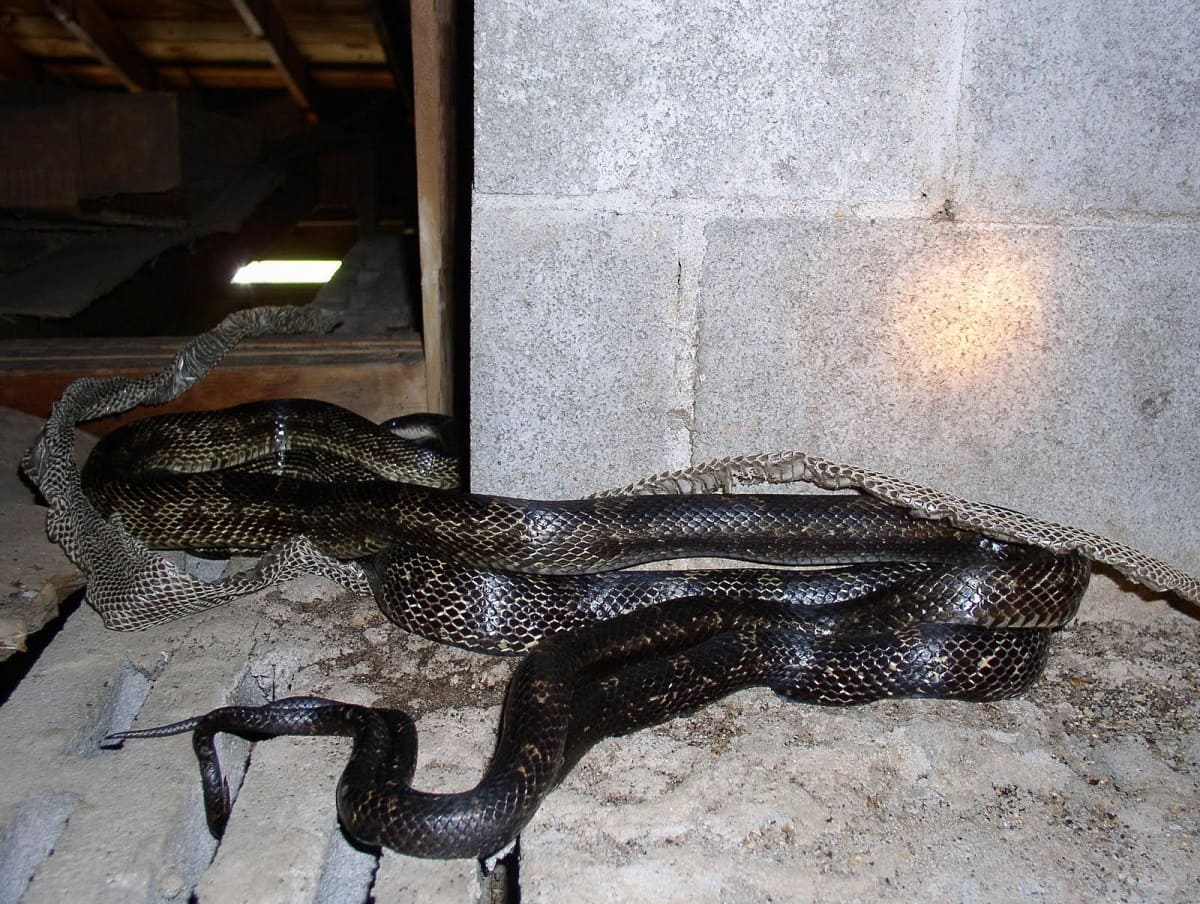
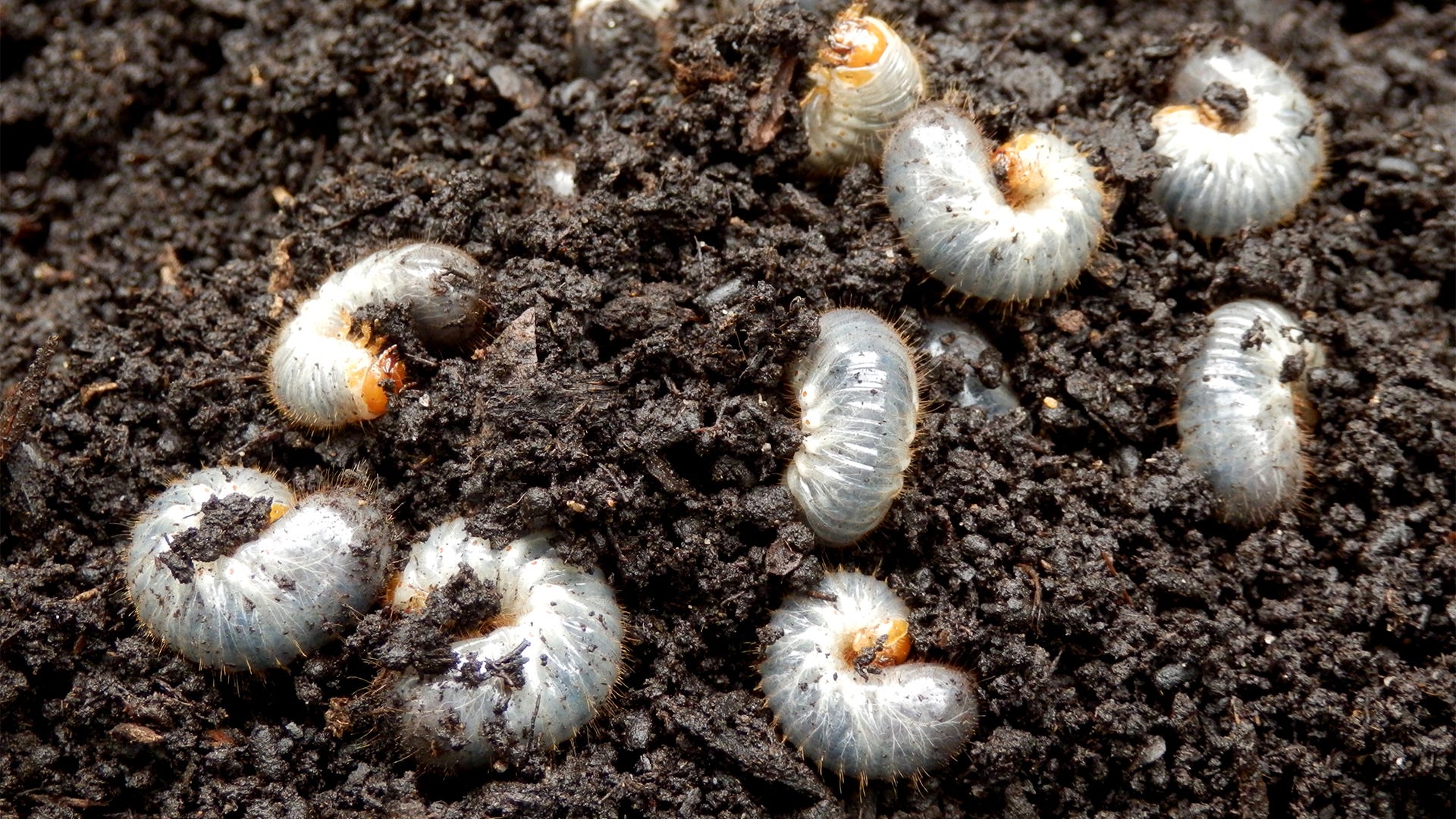

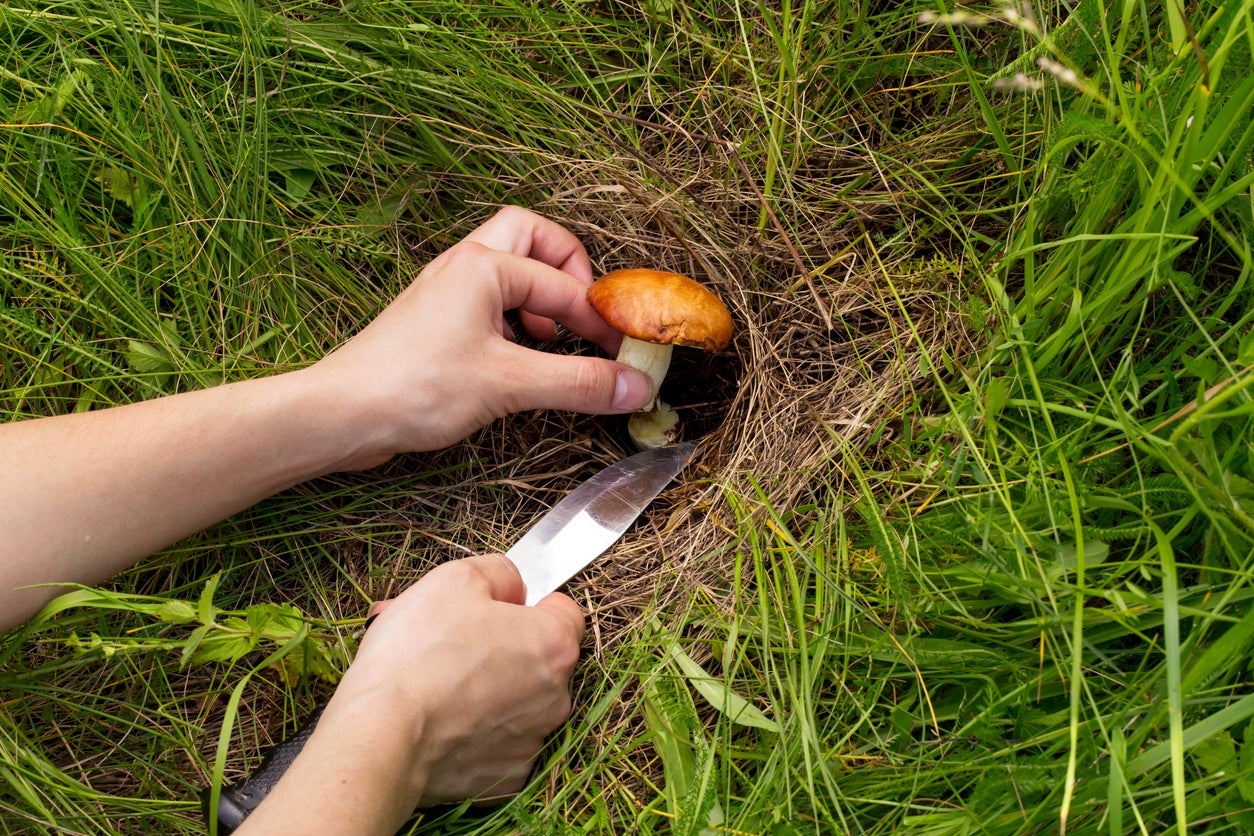
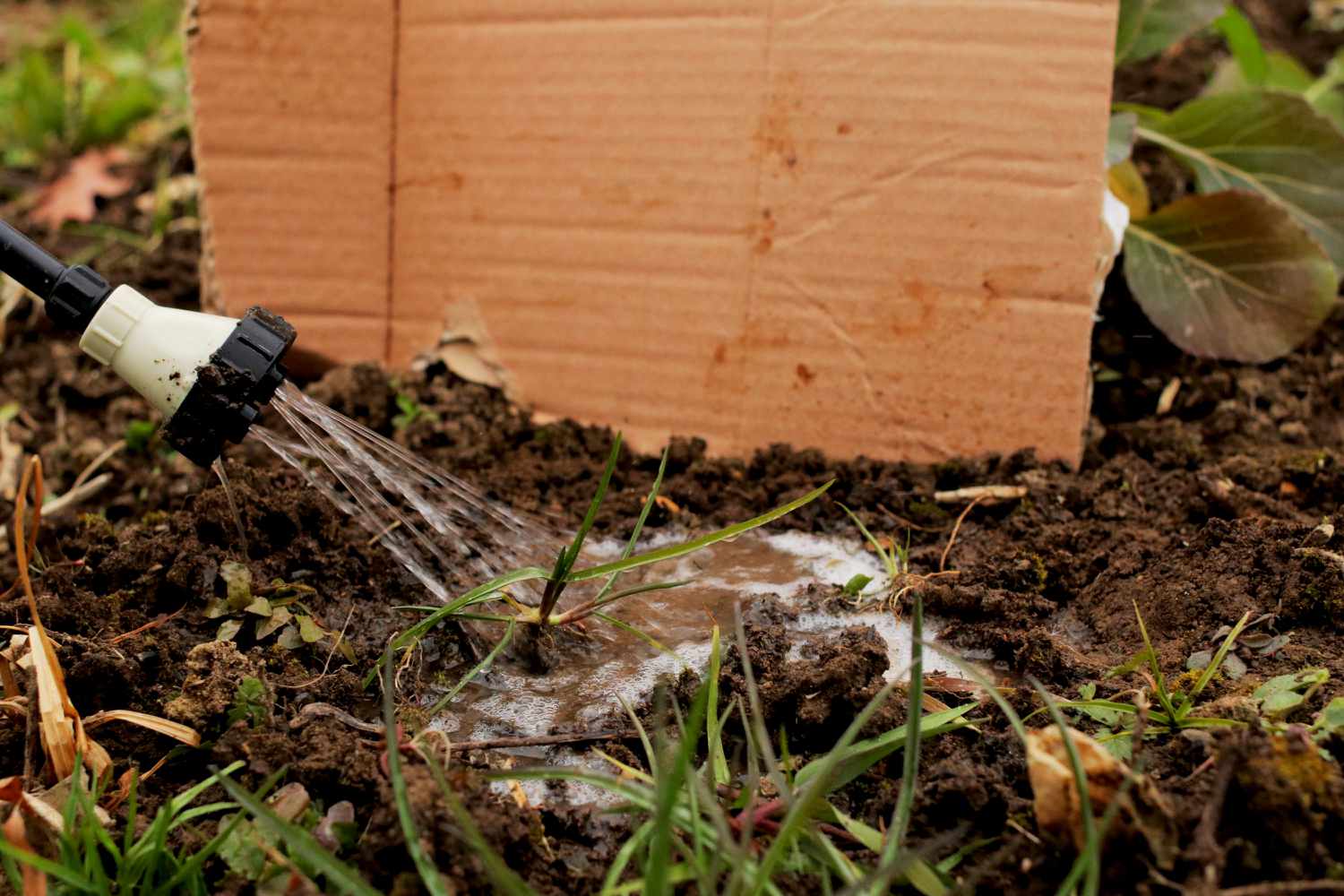
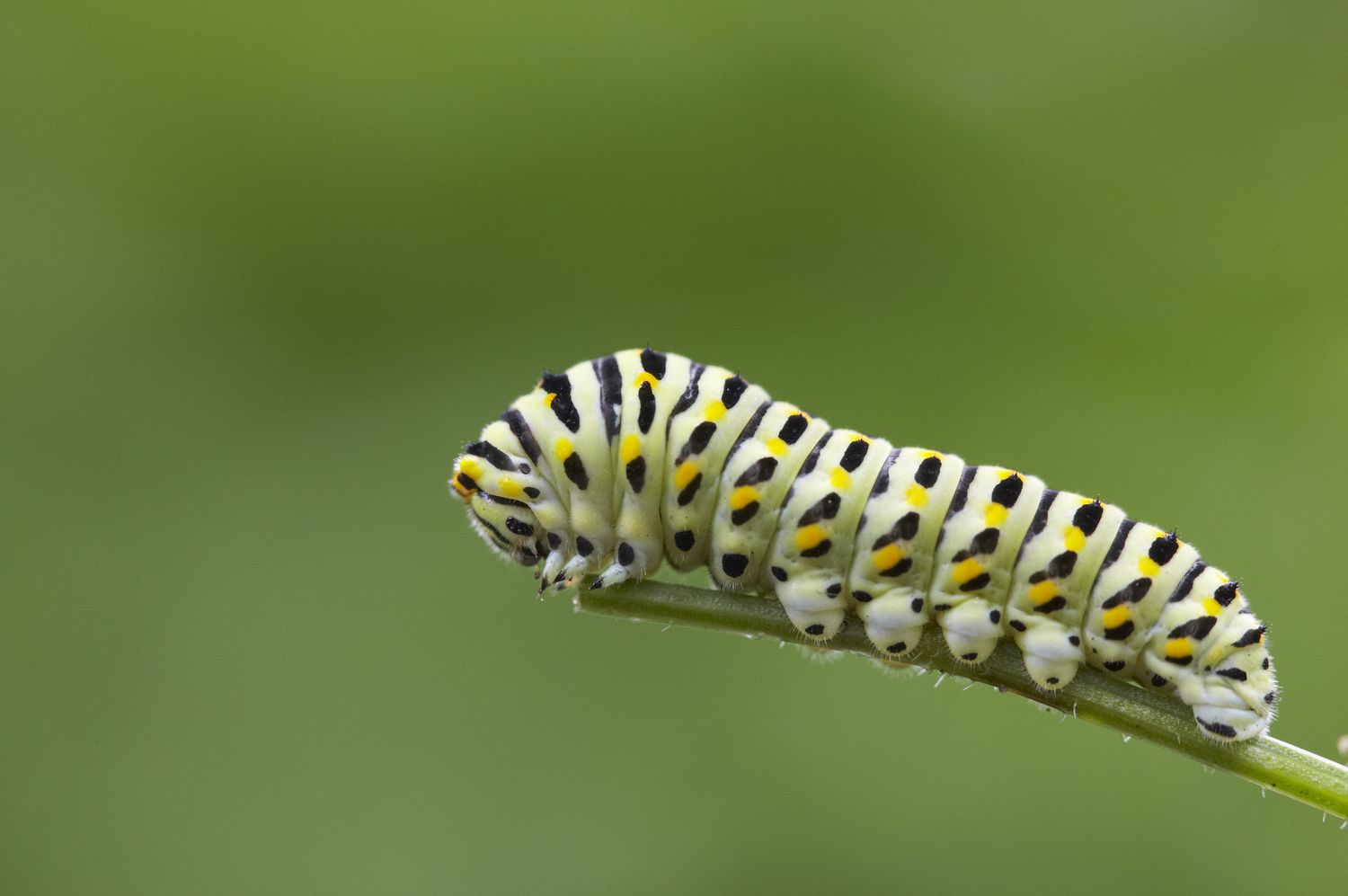
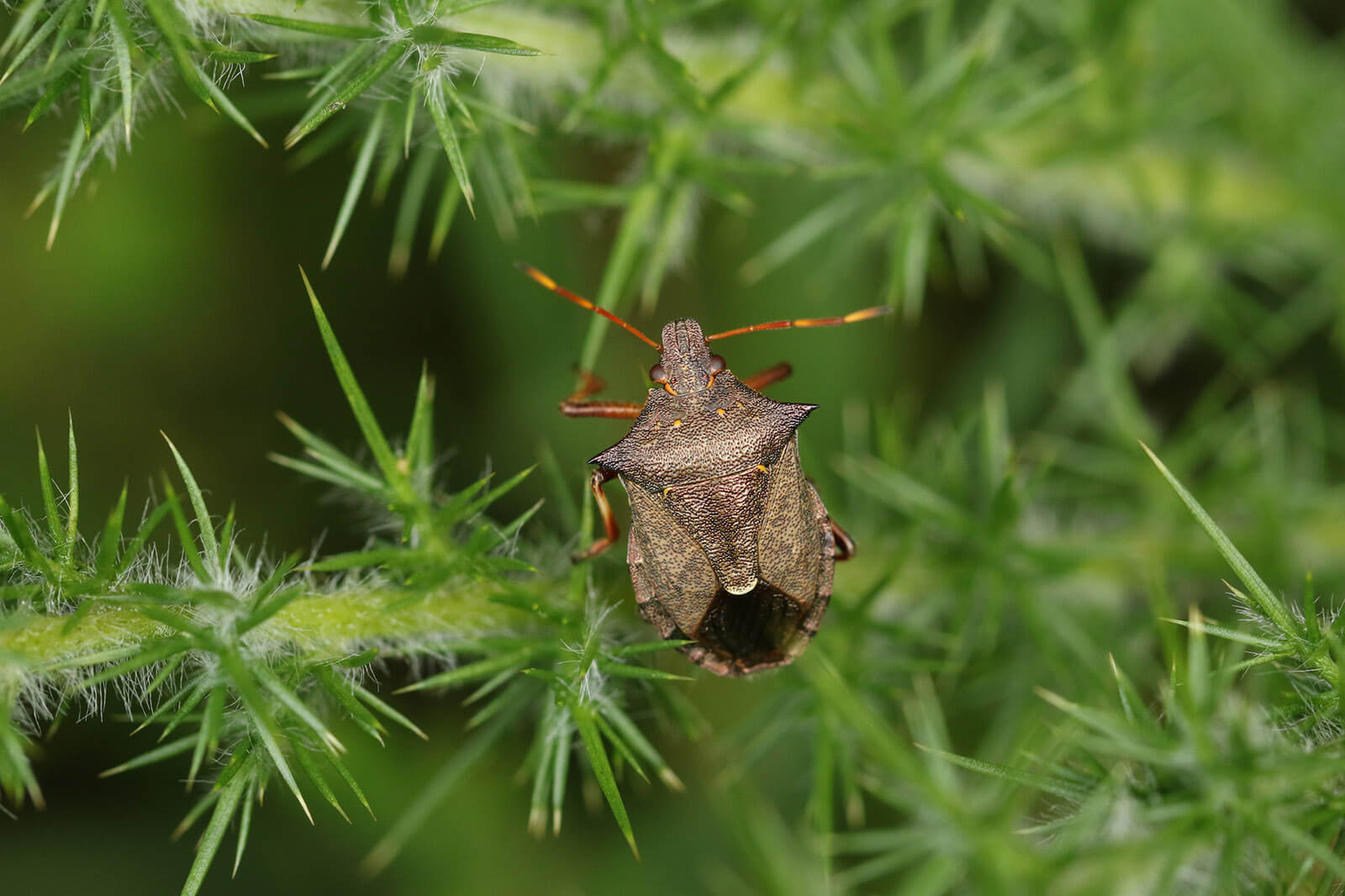





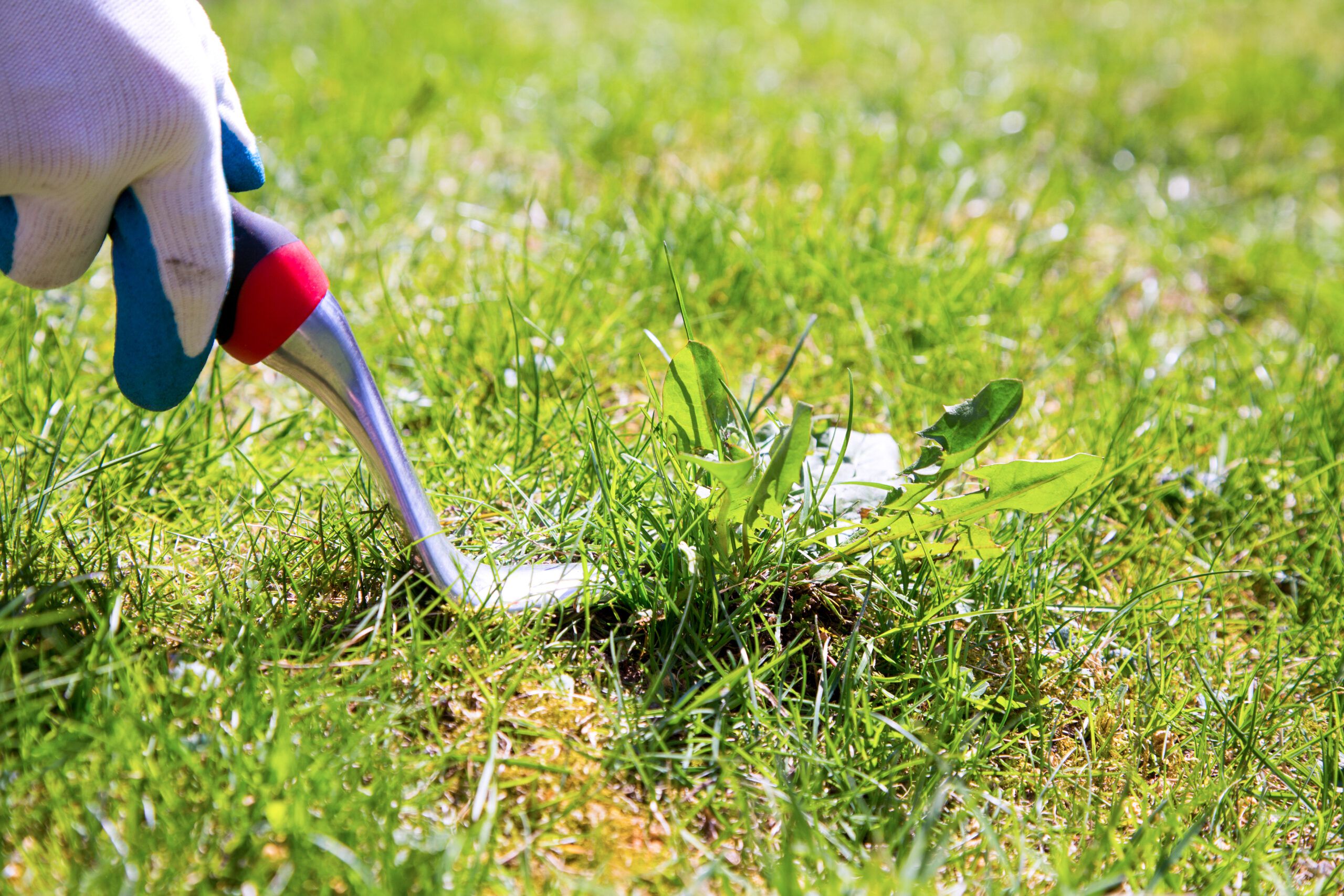

0 thoughts on “How To Get Rid Of Garden Snakes”